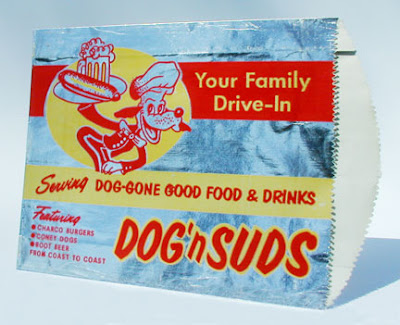I was recently alerted by blog contributor
Doug that there were some unique, vintage Lorain photographs for sale on eBay right now.
Above is one of the photos, showing traffic on the old swing bridge over the Black River. It's a neat shot.
Here's another great photo of the bridge (below), with a streetcar going over it, currently on eBay.
And here's another one from the same batch.
The bridge was still making the news in 1939 – by breaking down. The December 19, 1939 Lorain Journal reported, "Lorain's antiquated Erie-av swing bridge, now being replaced by a new bascule span, broke down this morning, cutting off heavy Lake-rd traffic 55 minutes and producing one of the worst traffic snarls in months.
"At 9:05 a. m., the swing bridge swung open to let pass a concrete mixing barge of the Great Lakes Dredge & Dock Co. The the mechanism in the turntable refused to mesh for the return trip.
"The breakdown this morning, one of the longest in the 40-year history of the bridge, was believed caused by a stone or bolt "thrown on the turntable of the structure."
This swing bridge was actually the second swing bridge over the Black River. An earlier version had been constructed, along with the viaduct, in 1890. It was replaced by the second swing bridge in 1900. This eBay photo for sale shows what I believe is the inscription of its construction.
The second swing bridge was replaced by the Bascule Bridge in September 1940.
****
One of the interesting things in the photo at the top of this post is seen in the background, across the river.
It's the monument with the inscription, "In 1807 a trading post with the Indians was established near this site by Nathan Perry, Jr. that resulted in the settlement of Lorain which in pioneer days was known as the 'Mouth of the Black River."
I wrote about this monument back
here in 2012.
Here's a postcard that includes the monument in the lower right hand corner.
And here's a photo of it circa 1960s in the Lorain Public Library files.
And lastly, when I bought my Pentax K1000 in 1979, I drove around Lorain taking photos with it. One of the things I photographed was this monument. By then, the roadbed around the stone was pretty much gone, half of it having fallen in the river. And the monument was nicely paint-splattered.
Eventually, the monument was moved to a new location nearby. It seems to have that sinking feeling, though.




























































